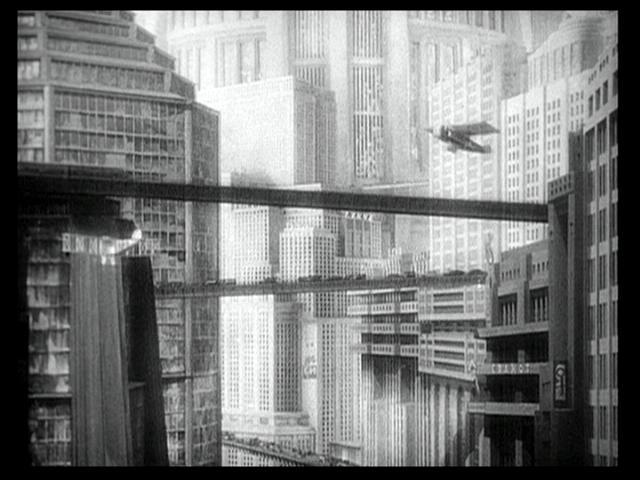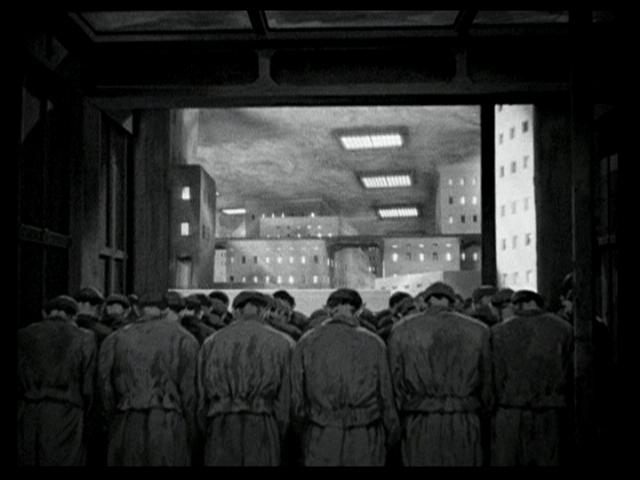The city above is almost entirely oblivious to the city below. Joh Frederson, the man who runs the city, plans to use a robot, created in the likeness of the leader of the workers, to strengthen his hold on them, creating an even larger divide between the two halves of the city. The workers revolt and the city is almost destroyed. The balance of “black” and “white” was upset, causing pandemonium that was only ended by the reintegration and restoration of the workers with the thinkers.


